About
Dr. Florian Wiencek is an expert on the interface of Digital Media and Cultural Learning. He earned his B.Sc. in Digital Media and M.A. in Art and Cultural Mediation from University of Bremen and his PhD in Visual Studies at Jacobs University Bremen. He is the founder and CEO of Musealisten – Studio for digital mediation and consults museums and cultural institutions with regard to digital mediation and learning – from concept to implementation. Moreover Wiencek develops sound experience for the museum space as well as public space as part of the Initiative for Sound Scenography (in collaboration with Extraplan).
Previously he worked as Training Officer at the Austrian Center for Digital Humanities and Cultural Heritage of the Austrian Academy of Sciences and was responsible for knowledge transfer between research projects in the area of Digital Humanities and the expert community as well as higher education. At Fluxguide he was previously responsible for Digital Concepts and R&D and conceptualized digital mediation and learning applications for museums – amongst others the Deutsches Museum, Deutsches Bergbaumuseum Bochum, Landesmuseum Württemberg or the Arvo Pärt Centre. Moreover he participated amongst others as researcher in the innovation project HoloMuse.
He published his PhD at Jacobs University Bremen, Germany on the topic of “Digital Mediation of Art and Culture” [accessible as Open Access publication at https://nbn-resolving.org/urn:nbn:de:gbv:579-opus-1008454], analyzing how digital media and digital data with their characteristics and affordances are currently employed in practices of mediation of art and culture and for cultural learning. Moreover he is interested in the creative (re-)use of digital heritage data for co-creative knowledge generation about and with art and culture together with the audience inside and outside of an exhibition or institution.
In his academic career Wiencek filled the role as researcher and lecturer in the Department for Image Science at Danube University Krems, working on the Archive of Digital Art and developing projects in the field of Digital Humanities. He was teaching as visiting lecturer in the department of Art, Art History & Visual Studies at Duke University (Durham NC, USA), served as Steering Committee Member of the Research Center “Visual Communication and Expertise” (Jacobs University Bremen) and was working as research associate in the BMBF-funded project „Visual–Film–Discourse“ (Jacobs University Bremen) on the categorization and image typologies of news images and the use of image archives and -databases in news production.
Moreover he has worked as Media Officer at Global Young Academy in Science Communications, as freelance graphic- and webdesigner and as curator / project manager / designer in several exhibition projects.
Exhibitions
16/32 (2007)
The exhibition title “16/32” (Gallerie für Gegenwartskunst, Barbara Claassen-Schmal, Bremen, Germany, 17.06.-17.07.2007) is a reference to the bit-architecture of the processor built into the Atari ST, one of the first home computers which was wide spread in German households. This exhibition gave an overview over early computer art from Bremen – especially computer graphic – produced with home computers like the Atari ST. The exhibition was shown in conjunction with the exhibition “Ex Machina – Frühe Computergrafik bis 1979” at Kunsthalle Bremen.
Client: BBK Bremen
Position: Exhibition Assistance
Tasks: PR, Design (Web/Print, except logo), Editor Online-Catalogue, Setup, Eventmanagement, Documentation
Raum für Träume (2008)
The exhibition “Raum für Träume” (Kino 46, Bremen /Germany, 19.01. – 24.02.2008) was shown in conjunction with the 13. Internationales Bremer Symposium zum Film on the topic “Das Kino träumt” (The Cinema Dreams), which was organized in a collaboration of Kino 46 and University of Bremen. The goal of the exhibition was to counter the scientific discussions around the topic dream in cinema of the symposium with artistic interpretations on the topic of dreams. Therefore we displayed artistic projects from different genres – video, painting, print, mixed media, fashion or conceptual art – dealing with / taking up the topic of “dreams”.
Client: Kino 46 / University of Bremen – 13. Internationales Bremer Symposium zum Film
Position: Project Manager / Designer
Tasks: Projectmanagement, Exhibitiondesign, Curation, PR, Design (Print/Web)
CHAT Festival 2012 – Gallery
The CHAT Festival 2012 (Collaborations: Humanities, Arts & Technology, February 6-9, 2012) is a bi-annual event with the goal to showcase innovative work in the arts, humanities and (digital) technology and to reflect back to the rich community of practice already existing in the Triangle and Piedmont region. The festival featured scholarly and artistic work in a variety of venues and formats, including: 2D imagery, screen-based presentations, interactive kiosks, and performances, as well as lectures, panel discussions, and structured group conversations.
The Bryan Center Gallery – a student and conference center, which we remodeled into a temporary exhibition space – showcased critical and creative digital projects from regional artists including sculpture, screen-based interactive pieces, time-based media, and interactive installations as well as a documentations of research projects on interactive kiosks.
Client: CHAT Festival 2012, (Duke University, Department of Art, Art History & Visual Studies)
Position: Gallery Director
Tasks: Exhibitiondesign, Projectmanagment, Curator
www: http://www.chatfestival2012.org/west-campus-exhibition/
Eat, Pray, Weave (2012)
The exhibition “Eat, Pray, Weave: Ancient Peruvian Art from the Permanent Collection” (Nasher Museum of Art, 15.09.2012 – 13.01.2013) highlights artifacts from the Pre-Columbian Collection of Nasher Museum of Art at Duke University focusing on the region in the South American Andes which represents present-day Peru. The examples of the textile, ceramic, and metal arts on show exemplify the sophisticated material culture of the lesser know cultures such as Paracas, Nasca, Moche, Chimú, and Chancay, which pre-dated or coincided with the well known Inca Empire (1100–1532). The exhibition asks the question, what can be learned from these objects about the cultures they represent?
The multimedia guide is on the one hand an educational tool, which makes the label-texts as well as additional material on the items on display and the cultures available on digital devices in- and outside of the exhibition. On the other hand it allows the visitors to comment on objects on display and share their thoughts on broader questions about the exhibition topic. The goal is to foster the visitors’ engagement with and own interpretation of the items on display and to transform the exhibition into an open environment for co-creative knowledge production.
Client: Nasher Museum of the Art at Duke University, Durham, NC, USA
Tasks: Exhibitiondesign, Concept and Production of the Digital Mediation Components
Technology Partner: Fluxguide
www:
http://nasher.fluxguide.com (multimedia guide)
Exhibition Announcement
Photogallery of the Gallery Talk, First Thursday, 04.10.2012
Research
Tracing Picasso
Picasso’s artworks are present throughout the greatest art collections and museums today. In this project during the DH Hackaton “Coding Dürer” the group aimed to retrace the path of these artworks (provenance) as well as their institutional reception, both in Europe and the US, in order to get a better understanding of this global phenomenon. Here are a few of our research questions:
- When were Picasso’s works acquired by the various institutions?
- Are there peaks or patterns that can be identified?
- Which works sparked interested at which times?
- Through which routes did they spread from their place of creation until their current collection?
Based on collection-data from MoMA, Metropolitan Museum, Carnegie Museum, and Tate (UK) as well as the Getty Provenance Index we developed a time-map and graph visualizations tracing the artworks of Picasso that were part of these collections.
More info about the project: http://codingdurer.de/blog/2017/03/17/tracing-picasso/
Participants
- Anna Neovesky @annavsk (https://twitter.com/annavsk)
- Florian Wiencek
- Ivan Lokhov @ilokov (https://twitter.com/ilokhov, http://ivanlokhov.com/)
- Nuria Rodríguez Ortega @airun72 (https://twitter.com/airun72)
- Sonja Gasser @Sonja_Gasser (https://twitter.com/Sonja_Gasser, http://archivesonthemove.org/)
- Leo Zorc @leozorc (https://twitter.com/leozorc, https://www.gta.arch.ethz.ch/personen/leo-zorc/curriculum)
- Lena Krause (lena.krause@umontreal.ca)
- Nicola Carboni @wlpbloyd (https://twitter.com/wlpbloyd)
- Joanna Gancarczyk (jgan@ath.bielsko.pl, https://www.researchgate.net/profile/Joanna_Gancarczyk)
- Maribel Hidalgo Urbaneja @MaribelHU (https://twitter.com/MaribelHU, http://m‑hidalgo.com)
Ecology of Networks
About the Publication:
The Network Ecologies digital Scalar publication is the culmination of a five-year, multi-format, interdisciplinary venture to curate a dynamic scholarly digital publication. It has been, for us, a collaborative creative-critical interrogation into the theoretical and scholarly implications of the digital on rigorous scholarly publication. The editors Amanda Starling Gould and Florian Wiencek set out to create a ‘networked publication’ and we believe we’ve done just that. We have content ranging from text-based essays to a visual art 3D scanning documentary project that was created specifically for our publication. You’ll find transmedia essays on art, technics, data visualization, book-making, theory, mentorship, architecture, network engineering, gaming, and capitalism. You’ll find tweets, videos, text, and tools. You’ll even find a garden gnome or two lurking throughout.
The goal of this project was for each of us to bring our own research—developed and delivered in our own unique disciplinary vernaculars—together to converge around a shared concept. The assumption is that through transdisiplinary co-mingling and collaboration, both our individual research projects and the Network Ecologies publication, as a living research hub, can gain new dimension. We hope that by putting diverse minds in dialogue with each other, we can facilitate a more robust understanding of the network by way of merging and (re)mixing multidisciplinary understandings.
We encourage the readers to start with the short Introduction to learn more about the full shape of the project and about navigating the publication and interacting (using Hypothes.is) with the content and with each other.
About the Project:
The project “Ecology of Networks” (2012 – 2016, funded by a Graduate Digital Scholarship Initiative grant from Duke University’s Franklin Humanities Institute, in conjunction with the PhD Lab in Digital Knowledge) aimed to study Network Ecologies from a interdisciplinary perspective. The idea of networks is inherent in the project itself as it aimed on the one hand to create and foster an interdisciplinary dialogue between scholars and professionals who are engaging the idea or object of networks within their discipline, and on the other hand to create a dynamic and interactive digital publication – published by Duke University’s Franklin Humanities Center – which makes the networked content of the academic exchange accessible by fully using the affordances of digital media. The publication is planned to bridge various digital and analogue platforms as access points for the networked content of a “living” and dynamically evolving publication.
Role: Lead Designer, Contributing Scholar
Institution: Duke University
Principal Investigator: Amanda Starling-Gould
www: http://sites.fhi.duke.edu/ecologyofnetworks/
Presentation:
08. May 2015: Digital Abstraction. International Conference, Jacobs University Bremen:
Wiencek, F.; Starling Gould, A.: “Traversing Networks of Complexity. From Database Artworks to Contemporary Networked Publications“
Traversing Networks of Complexity from Florian Wiencek on Vimeo.
iMediathek
The project “iMediathek” (2003 – 2004) examined the possibilities and conditions for the reproduction of media works – especially video art – in an online environment. It’s goal was to evaluate these and develop prototypes for making the reproductions available. Hence iMediathek established a virtual video art archive as an instrument for research and for teaching. The project was followed up by GAMA – Gateway for Media Art.
I participated in this one-year research project as part of my B.Sc. studyprogram in Digital Media.
Tasks: Vision / Concept, Documentation, Design and Frontend-Development of Prototypes
Institution: University of the Arts Bremen
Supervisors: Mona Schieren, Georg Schönwandt
www: http://www.imediathek.net/ (currently offline)
Visual-Film-Discourse
At the core of the project “Visual-Film-Discourse: A Novel Integrated Approach“ (2008-2011, funded by the Federal Ministry of Education and Research (BMBF), Germany) was the idea of supplementing the hitherto text-based digital retrieval systems with a more ‘iconographic’ typology that enables not only text-based, but also motif-based search for and retrieval of visuals in large databases. To reach this goal the project aimed to find specific structures of discourse in both print and online media as well as film, in order to reveal visual patterns and compositional principles of the analyzed media and their functions as generators of meanings. These novel classifications of complex image-text combinations were basis for the development of improved automatic detection and analysis tools for static and moving images.
The basis of the Partial Project 3 was the “Political Iconographic Archive of Vision” (PIAV) of Prof. Marion G. Müller, a research archive featuring mainly press photographs, but also cartoons and art reproductions, which are annotated according to a system of categories pertinent to contemporary political communication. During the project this index and motif-annotation were further developed and was basis for classification typologies for specific case studies, such the visual media coverage of Amok School Shootings. Prominent motifs from the archive were basis for the development of a software architecture for a motif-based automatic image analysis and retrieval (TP 1). Moreover we conducted a study on the use of image archives in news production (expert interviews).
The end of the project marked the symposium “Visual Archives in the Digital Age” (14.-15. June 2011) at Jacobs University, which featured speakers such as Lev Manovich, Martin Warnke, Howard Besser, Oliver Grau, Frieder Nake, etc.
Tasks (selection)
- Projectmanagement & Reporting
- Work in the Political Iconographic Archive of Vision (PIAV)
- infrastructure research and optimization of digitization workflow
- training and supervision of student assistants and interns
- expansion of the archive / digitization and annotation of archive material
- development of a workflow for motif annotation
- Work on case studies for the development of image typologies for mass-mediated visuals
- Conducting a study on the use of (digital) image archives in news production (expert interviews)
- Organization of the conference “Visual Archives in the Digital Age“
- Teaching Assistance
- Administrational support for the Research Center “Visual Communication and Expertise” (a.o. grant writing, the lecture series and the web presence)
Employer: Jacobs University Bremen
Supervisor: Prof. Marion G. Müller
Position: Research Associate, TP 3
www: http://dm.tzi.de/en/visuals-film-discourse/
Teaching
Software Evaluation
This seminar teaches the basics of software evaluation for Digital Collection Managment. Besides understanding basic methods the goal is to teach how to set criteria for comparing existing products for collection management on the market with the goal to find the product that fits the needs of the institution or field of work best.
As a practical task each student will evaluate and present one state-of-the-art collection management software and therewith the group will gain a market overview as well.
Institution: Donau Universität Krems, Department of Image Science
Study Program: Digital Collection Management
Semester: Spring 2017, Fall 2019
Mediating Museums
The seminar gives an overview over current practices of digital mediation and cultural learning in museums and cultural institutions. This ranges from web-based offers such as online-collections, subject-gateways or online-exhibitions to mobile applications or concepts for Augmented and Virtual Reality. The students get an introduction to a holistic approach of museum experience, integrating analog and digital experiences into an overall visitor journey.
Institution: Donau Universität Krems, Department of Image Science
Study Program: Exhibition Development
Semester: Spring 2018, Fall 2019
Web-Based Multimedia
for Mediation of Art
Full title: Web-Based Multimedia Communication for the Mediation of Art & Culture
The Internet, the World Wide Web and digital media in general have become ubiquitous in our everyday communication. But they are also of increasing importance for the mediation of art and culture / cultural learning as well as for the access to cultural objects in the widest sense: be it for example through portals such as Europeana or Google Cultural Institute, through mobile museum guides, educative web-applications from museums or the multimodal communication of research results. Therefore it is important to understand the basic concepts and possibilities of digital technologies, to be able to employ them in practice for an effective and creative communication.
Besides looking at the media-theoretical and technological foundations of digital media and the Web, this seminar will introduce practical skills to produce for and within multimedia information systems. This will especially cover the production of hypermedia and will focus on applications for cultural learning and mediation of art and culture.
Goals of the course:
- understanding the characteristics of digital media
- understanding of the technological aspects of the Internet
- understanding how digital media and technology as an agent changes and influences mediation of art and culture
- coding basic HTML & CSS in order to be able to customize the look and feel of publishing systems
- working with a publishing system (Scalar)
- conceptualizing a digital / interactive project
- analyzing and understanding a digital project and the underlying production processes
Institution: Humboldt Universität Berlin, Institut für Kunst- und Bildgeschichte
Semester: Spring 2015
Activating the Archive
“Activating the Archive” explores data-based practices of meaning-making and knowledge generation. The starting point will be the concept of Digital Mediation of Art and Culture, a Software Studies perspective on digital media and cultural data, its qualities and value, processes of remediation, digitization and documentation of cultural objects, as well as databases as a cultural form (Lev Manovich) and as network.
The session ventures into the cultural and artistic dimensions of archives and databases and different ways to generate meaning and knowledge from cultural data, which are all based on activating archival content: from retrieval and exploratory interfaces utilized in databases of media art, information visualization and computational points of view, different modes of contextualization and co-creative knowledge generation, to creating novel experiences based on cultural data in metaverse environments and recombinatory practices. The discussed projects include artistic projects and strategies as well as applications in the realm of cultural learning.
Institution: Danube University, Krems, Austria
Semester: 2-3 October 2014; Fall 2015, Fall 2016
Programs / Certificates: Master “Media Art Histories” (2014); Master “Media Arts Cultures” (2015, 2016), Module “Digital Archiving and Preservation”
Web-Based Multimedia
The course “Fundamentals of Web-Based Multimedia Communication” combines the basics of web-development and -design (HTML, CSS, JS) with critical engagement with existing web projects, design thinking and design processes for multimodal online projects, usability, as well as basics of image-, audio- and video editing. It focuses on the one hand on the conceptual understanding of the Web as communication platform with its affordances for design on the other hand on code-literacy as in understanding the code behind the websites to enable the students to go beyond WYSIWYG tools to create Web content and customize existing tools to their needs. Students gain theoretical background and extensive hands-on practical experience to help them design, innovate, program, and assess web-based digital multimedia information systems. The goal is to enable each student to conceptualize, design and produce a web project from scratch within one semester.
This course is required for the ISIS Certificate, but is designed primarily for students in non-technical disciplines.
Institution: Duke University
Semester: Fall 2012, Spring 2013
Programs / Certificates: ISIS, VMS, AMI
Digital Cities
The course ‘Digital Cities’ was developed as collaboration between Jacobs University (Bremen, Germany; Instructor: Timothy J. Senior) and Duke University with the aim of exploring the use of new tools, techniques and methods from digital and spatial research in the visualization of historical material culture and the built environment. It combined theoretical and practical approaches to digital places and spaces or localized digital media, as location has become a dominant coordinate system to digital information in the last years. Parts of the course were co-taught via video conferencing.
The focus for the section at Duke University was digital storytelling of site specific and architectural history and the re-mediation of spatial experience using e.g. 3D-modeling, audio, video, augmented reality, virtual reality or web-authoring. The class was divided in a theory and a practice part which each covered ca. 50% of the course. The theory sections covered topics such as digital media theory, digital storytelling, digital places, city and memory as well as digital cultural heritage. This phase prepared the students to conceptualize their final group projects and built a critical framework for the practical mediation work. Fieldwork exercises fostered the students to actively engage with, explore and experience the urban space they were later working with in the projects, its history and existing digital mediations. The media practice-part of the course featured labs and workshop sessions on different technologies, from 3D-modeling with Google Sketchup over Photogrammetry, Online-Publishing tools, Locative Media / Augmented Reality or Mapping (GIS), which assisted the production of the students’ final projects.
The final projects were group projects, producing rich-layered accounts of a historic architectural site in Durham, NC and were“deep dives” into its histories (multiple / controversial points of view), possible histories and possible futures, activating archival material on the site’s history with the methods of digital storytelling. These projects had the form of interactive / participative / performative interventions on site using different forms of digital media to (re)mediate the in situ experiences of the sites’ histories, presents and futures. The goal was therewith to link back to history to the site itself and enable a meta-experience of its historic layers and contexts, involving the physical space and the user as actors. The project is based on the idea of the city and architecture as network.
The course actively employed digital platforms and collaboration tools in teaching as well as techniques of rapid prototyping, co-creativity and user-centered design.
Institution: Duke University
Semester: Spring 2013
Programs / Certificates: ISIS, VMS
Publications:
Senior, T. J.; Szabo, V. & Wiencek, F. (2013). Digital Cities. A Collaborative Engagement With Urban Heritage. Proceedings of the 2013 Digital Heritage International Congress (Vol. 2), 28.10.-01.11.2013, Marseille. IEEE. pp. 349-352
Publications
Forthcoming:
Wiencek, F. & Seirafi, K. (forthcoming): „HoloMuse – Museum Learning with Augmented Reality“. Proceedings of the International ICOM Conference Revolution: Velvet x Digital – 30 Years of Digital and Social Media in Museums. 6.-7. Nov. 2019, Bratislava.
Seirafi, K. & Wiencek, F. (forthcoming, Spring 2020): „Supersizing the Museum“. Digital Outreach und die Erweiterung des Museums in seine Umgebung. In: Henning Mohr / Diana Modarressi-Tehrani (Hg.): Museen der Zukunft. Trends und Herausforderungen eines innovationsorientierten Kulturmanagements. Transcript Verlag.
Published:
Wiencek, F. (2020): HoloMuse – Augmented Reality in der musealen Vermittlung. In: Andrea Geipel, Johannes Sauter, Georg Hohmann (Eds.): Das Digitale Objekt – Zwischen Depot und Internet. München : Deutsches Museum Verlag, S. 159-172.
Wiencek, F. (2020): Das erweiterte Museumsobjekt – Vermittlung mit Augmented Reality. in: Neues Museum 20 (1-2), S. 104-107
Wiencek, F. (2019). Digital Mediation of Art and Culture. A Database Approach. Jacobs University Bremen. Online as Open Access Publicatoin at http://nbn-resolving.org/urn:nbn:de:gbv:579-opus-1008454.
Blumenstein, K.; Eggert, B.M.; Grandl, M.; Kasser-Höpfner, E.; Kratzer, K.; Löcker-Herschkowitz, J. A.; Neubauer, G. & Wiencek, F. (2017): KuKoNö – KulturKontext Niederösterreich. In: Wolfgang Aigner, Thomas Moser, Kerstin Blumenstein, Matthias Zeppelzauer, Michael Iber, & Grischa Schmiedl. Proceedings of of the 10th Forum Media Technology and 3rd All Around Audio Symposium, St. Pölten, Austria, November 29-30, 2017.
Seirafi, K. & Wiencek, F. (2017): HoloMuse – A Concept for Augmented Learning in Museums. In: Wolfgang Aigner, Thomas Moser, Kerstin Blumenstein, Matthias Zeppelzauer, Michael Iber, & Grischa Schmiedl. Proceedings of of the 10th Forum Media Technology and 3rd All Around Audio Symposium, St. Pölten, Austria, November 29-30, 2017.
Starling Gould, A. & Wiencek, F. (Eds.)(2016): Network Ecologies. Durham, NC : John Hope Franklin Humanities Institute at Duke University.
Wiencek, F. (2014). Embracing Uncertainty Through Digital Mediation of Art and Culture. In: Camila Maroja, Caroline Menezes, Fabrizio Augusto Poltronieri (eds.) The Permanence of the Transient. Precariousness in Art. Newcastle upon Tyne : Cambridge Scholars Publishing, p. 17-29.
Senior, T. J.; Szabo, V. & Wiencek, F. (2013). Digital Cities. A Collaborative Engagement With Urban Heritage. Proceedings of the 2013 Digital Heritage International Congress (Vol. 2), 28.10.-01.11.2013, Marseille. IEEE. pp. 349-352
Müller, M. G.; Seizov, O. & Wiencek F. (2012). Analyzing Visual Media Coverage of Amok School Shootings – A Novel Iconographic Approach. In: Glenn W. Muschert, Johanna Sumiala (ed.) School Shootings: Mediatized Violence in a Global Age (Studies in Media and Communications, Volume 7), Emerald Group Publishing Limited, pp.117-139
Wiencek, F. (2012). Informal Documentation (2). Published on www.or-bits.com in the context of the online exhibition “Informal”. http://www.or-bits.com/blog/2012/07/informal-documentation-2/.
Wiencek, F. (2012). Informal Documentation (1). Published on www.or-bits.com in the context of the online exhibition “Informal”. http://www.or-bits.com/blog/2012/05/informal-documentation-1/.
Wiencek, F. & Lauke, S. S. (2011): „The Remediation of Experience. A Case Study“. Proceedings of the ISEA 2011 conference. http://isea2011.sabanciuniv.edu/paper/remediation-experience-case-study.
Senior, T. J. & Wiencek, F. (2011): „Art >< Science. An Ontology“. Proceedings of the ISEA 2011. http://isea2011.sabanciuniv.edu/paper/artscience-ontology.
Wiencek, F. (2009): Gedanken zur Online-Vermittlung von Medienkunst. In: Rotert, A. Nöring, H. & Sausmikat, R. (2009): Katalog des European Media Art Festival Osnabrück 2009. Osnabrück.
Wiencek, F. (2008). Archiv – Medienkunst – Dispositiv. Digitale Archive als Vermittlungsmedien für Medienkunst am Beispiel der Ars Electronica. Unveröffentlichte Master-Thesis. Universität Bremen, Fachbereich 9.
Wiencek, F. (2006). Medienkunst im Kontext – Ein Schema zur Dokumentation von interaktiven Installationen. Unveröffentlichter Bachelor-Report. Universität Bremen, Fachbereich 3.
Presentations
22-24. Januar 2020: Bern, Switzerland: Cultura Suisse
Wiencek, F. & Moser, L. (2020): Naturmuseum St. Gallen – Digitaler Museumsguide.
4.-6.12.2019 : Talinn, Estonia: 7th Estonian Digital Humanities Conference
Wiencek F. & Seirafi, K. (2019): Digital Mediation of Art and Culture – From Web to Augmented Reality.
28.-29.11.2019 : Deutsches Museum, Munich, Germany : Barcamp session at “Das Digitale Objekt 2”
Wiencek, F. (2019): HoloMuse – Museale Vermittlung mit Augmented Reality.
6.-7. 11.2019: Bratislava, Slovakia: International ICOM Conference Revolution: Velvet x Digital – 30 Years of Digital and Social Media in Museums.
Wiencek, F. & Seirafi, K. (2019): „HoloMuse – Museum Learning with Augmented Reality“.
1.-2.10.2019: Cologne, Germany. Prometheus Jahrestagung 2019.
Wiencek, F. (2019): Vom Archiv aus. Der Database Approach in der Digitalen Kunstvermittlung.
6.4.2019: Vienna, Austria: Fast Forward Festival 2019
Wiencek, F. (2019): HoloMuse.
10.-11.01.2019: Belvedere, Vienna, Austria: conference „Das Kunstmuseum im Digitalen Zeitalter“.
Wiencek, F. (2019) : „Digital Mediation of Art – the evolution of data-based mediation practices“.
3.-5.12.2018: Deutsches Museum, Munich, Germany: conference “Das Digitale Objekt”
Wiencek, F. (2018): „HoloMuse – Museale Vermittlung mit Augmented Reality“. Online at https://youtu.be/0O9mFW7DriA
8.-9.11.2018: Leipzig, Germany: MUTEC Forum
Wiencek, F. (2018): HoloMuse.
20.9.2018: St. Pölten, Austria: Netzpolitischer Abend
Wiencek, F. (2018): Vermittlung neu denken.
20.6.2018: Vienna, Austria: Netzwerk Digitale Kunstgeschichte
Wiencek, F. (2018): Vermittlung neu denken.
14.-15.5.2018: Potsdam, Germany: MAI-Tagung 2018
Wiencek, F. & Lein, A. (2018): Datenschlank, Offline und mit WOW! Die App des Deutschen Museums.
29.-30. November 2017: St. Pölten, Austria: 10. Forum Media Technology 2017.
Seirafi, K. & Wiencek, F.: “HoloMuse – A concept for Augmented Learning in Museums” [Poster & Lightning Talk]
19-21. Oct 2017: Riga, Latvia: 2nd Open Fields Conference: Virtualities and Realities. Session: “Digital Art Archives and Curating Practices”:
Hoth, J. & Wiencek, F.: “Digital Archive as Display for Digital Art”
05. – 07. Dec 2016: Bielefeld, Germany: 09. Forum Wissenschaftskommunikation. Interactive Session: “Was heißt Citizen Science und Dialog in den Geisteswissenschaften”:
Moderation of a table on “Living Publications”
06. Feb 2016: Heidelberg, Germany: Jahrestagung of AG “Religionswissenschaft und moderne Massenmedien”, on the topic “Digital Humanities und Religionswissenschaft”:
Wiencek, F.: “Visuelles Kulturgut in Digitalen Kontexten”
08. May 2015: Bremen, Germany: Digital Abstraction. International Conference, Jacobs University Bremen:
Wiencek, F.; Starling Gould, A.: “Traversing Networks of Complexity. From Database Artworks to Contemporary Networked Publications” [watch the full presentation]
10. Sept 2014: Berlin, Germany: Hive Lernnetzwerk Berlin:
Wiencek, F.: “Digitales kulturelles Lernen” [invited lecture]
14. Mar 2014: School of the Arts Institute Chicago, FVNMA, Seminar “Intensities”:
Wiencek, F.: “Activating the Archive. Meta-Experiences of Cultural Objects and Digital Mediation of Art” [invited lecture]
28. Oct – 01. Nov 2013: Digital Heritage. International Congress 2013, Panel “Applied Visualization & Reconstruction”:
Senior, T. J.; Szabo, V.; Wiencek, F.: Digital Cities. A Collaborative Engagement With Urban Heritage
18.-19. Oct 2013, Durham, NC, USA: Network_Ecologies Symposium:
Wiencek, F.: “Digital Cultural Learning: Traversing Networks and Activating the Archive“
08.-11. Oct 2013, Riga, Latvia: Media Art Histories 2013: RENEW, Panel “New Imagery”:
Wiencek, F.: „The Meta-Experience of (Media) Art. Activating the Archive“
30. Apr 2013 – Durham, NC, USA: Intermezzo – Lecture Series at the Department of Art, Art History and Visual Studies:
Wiencek, F.: “Digital Mediation of Art – New Interfaces for Art and Culture?” [invited lecture]
14. Nov 2012: KUMA Talks 2.0 – Talk Four – Digital Mediation of Art: Usage and Perspectives:
Wiencek, F.: “Digital Mediation of Art.” [invited talk, watch the whole panel]
24.-27. Oct 2012 – Istanbul, Turkey: ECREA 2012, 4th European Communication Conference:
Wiencek, F.; Morbey, M. L. & Lombardi, J.: „Virtual Collaboration Spaces for Transdisciplinary Research and Pedagogy: A Conceptualization”
6.-9. Feb 2012 – Durham, NC, USA: CHAT Festival 2012. Panel „Digital Museums, Archives, and Publications“:
Wiencek, F.: „Digital Mediation of Art“. [watch the whole panel]
28. – 30. Sept 2011 – Liverpool, UK: Media Art History REWIRE, Session 12, Panel C “Methodologies (documentation)”:
Lauke, S. S.; Wiencek, F.: “Digital Remediation of Visitor’s Experience. A GUI Approach”
28. – 30. Sept 2011 – Liverpool, UK: Media Art History REWIRE, Session 2, Panel A “Art and Science”:
Wiencek, F.; Senior T. J.: “Where Art meets Science: An Ontology”
14. – 21. Sept 2011 – Istanbul, Turkey: „ISEA 2011 Istanbul“, Panel „Theory and Criticism of Interactivity in Electronic Art“:
Wiencek, F.; Lauke, S. S.: „The Remediation of Experience. A Case Study.“
14. – 21. Sept 2011 – Istanbul, Turkey: „ISEA 2011 Istanbul“, Panel „Art – Science Relations“:
Senior, T. J.; Wiencek, F.: „Art >< Science. An Ontology.“
12 – 14. Nov 2010 – Los Angeles, USA: Symposium „Reimagining the Archive – Remapping and Remixing Traditional Models in the Digital Era“ (School of Theater, Film & Television, University of California, Los Angeles) – Panel 5.3 „Artists and Archives“:
Wiencek, F.: „The online life of media-art archives“
12 – 15. Oct 2010 – Hamburg: ECREA 2010 – 3rd European Communication Conference – Section „Digital Culture and Communication“ – Panel „Art“:
Wiencek, F.; Seizov, O.; Müller, M.G.: “Multimodal Online Mediation: a Typology of Patterns for Media Art-Mediation”
17.-19. Mar 2010 – Lisbon: Research Center for Communication and Culture, International Conference „The Arts of Mediation“ – Panel „Meaning(s) and Mediation“:
Wiencek, F.: „Mediating Media Art – Digital Visual Archives as Mediation Tools“
Music
Florian Wiencek is active as singer, multi-instrumentalist and composer.
Since 1994 he sings in choirs and vocal ensembles in various musical styles, ranging from renaissance music to contemporary literature (A-Capella Chor Tulln, previously Kammerchor der Humboldt Universität zu Berlin, JCapella, Hearts of Carolina). Moreover he plays as guitarists, bassist, drummer / percussionist and electronics in a variety of musical styles: amongst others with Duo Momentum (sound performances, since 2017), JCFrivolous (Jazz, 2009-2011), The What (instrumental Rock / Blues / Improvisation, 2009-2011), Private Planes (Krautrock, 2015-2016), or Luis del Rio (Tango, Singer Songwriter, 2012-2013).
His current artistic focus is the work with field recordings and the creation of multilayered sonic spaces. From electro-acoustic live-performances to the use of sound for the creation of new mediation experiences for museums or cultural heritage institutions.
Compositions
inSitu (2017, soundperformance)
++ sounds & music: Florian Wiencek & Günther Fiala
++ premiere: 11.05.2017, Ziersdorf (A);
++ www: https://soundcloud.com/user-568035420/insitu
Snowflakes (chamber music, 2018)
++ music: Florian Wiencek & Gabi Teufner
++ text: Florian Wiencek
++ premiere: 8.12.2018, Furth bei Göttweig (A)
++ www: https://soundcloud.com/austrianflow/snow-flakes
Gebet (soundperformance, 2019)
part of the soundperformance „Patterns of Italy“
++ music: Florian Wiencek & Gabi Teufner
++ premiere: 05.05.2019, Wien (A)
++ www: https://soundcloud.com/austrianflow/patterns-of-italy-gebet
Waves (soundperformance, 2019)
part of the soundperformance „Patterns of Italy“
++ music: Florian Wiencek & Gabi Teufner
++ premiere: 05.05.2019, Wien (A)
++ www: https://soundcloud.com/austrianflow/patterns-of-italy-waves
Squeaks of Time (soundperformance, 2019)
part of the soundperformance „Patterns of Italy“
++ music: Florian Wiencek & Gabi Teufner
++ premiere: 05.05.2019, Wien (A)
++ www: https://soundcloud.com/austrianflow/squeaks-of-time
Maria im Dornwald (singer-songwriter, 2019)
++ musik: Florian Wiencek
++ text: Traditional
++ premiere: 8.12.2019, Furth bei Göttweig
Panta Rhei (2020)
++ music: Florian Wiencek & Günther Fiala
++ premiere: 24.10.2020, Vienna (A), echoraum as part of DKS Festival
++ conceptualised for SNIM – Spontanes Netzwerk für Improvisierte Musik
++ commissioned by Land Niederösterreich, supported by Stadt Wien Kultur
++www: https://soundcloud.com/austrianflow/panta-rhei
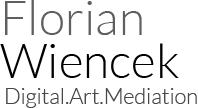
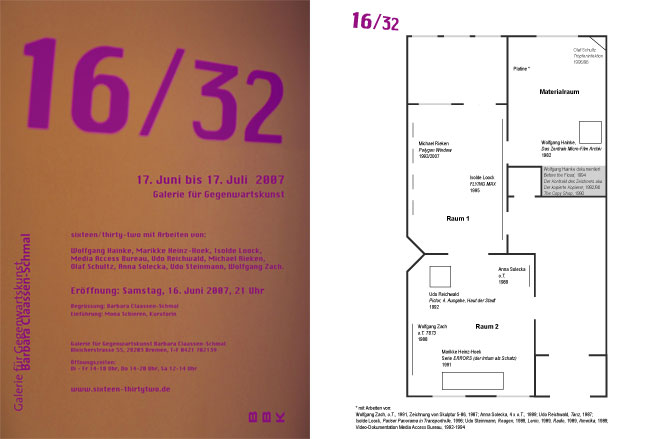
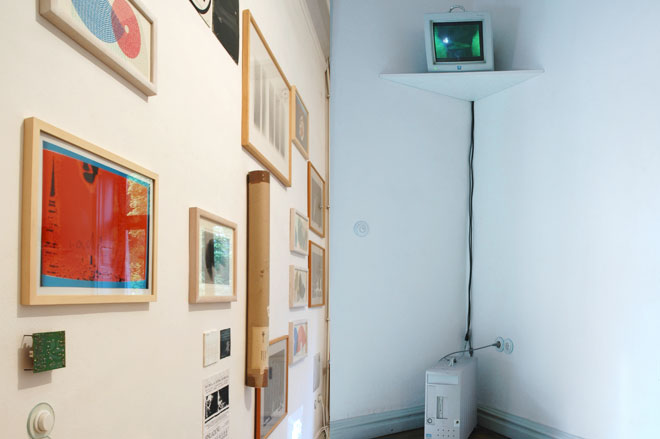
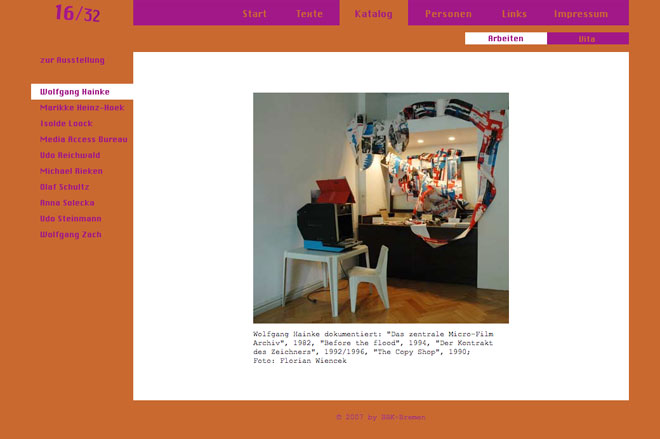
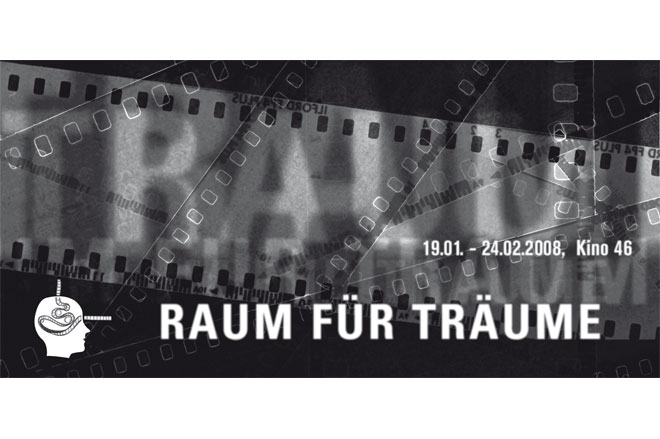
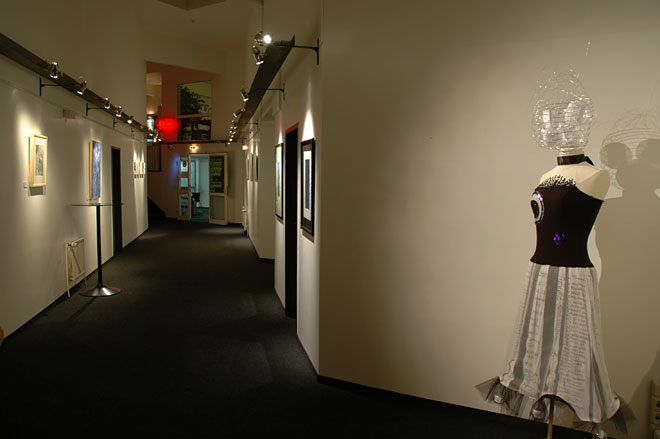
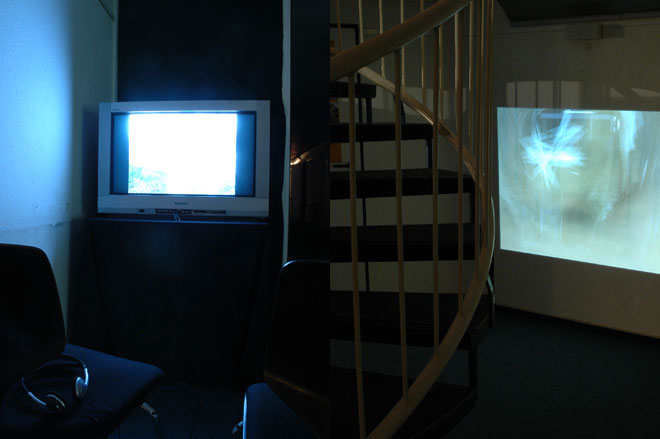
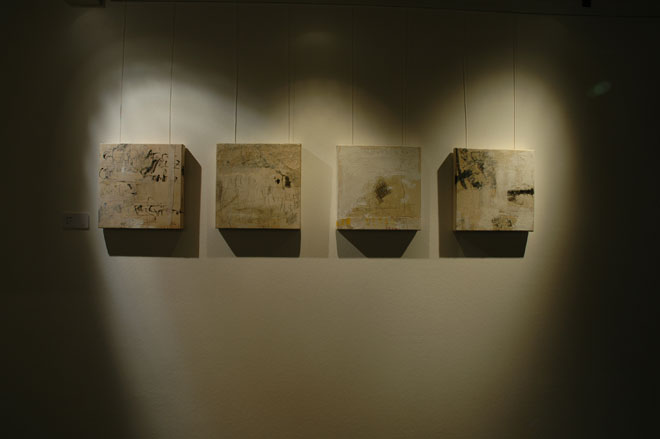
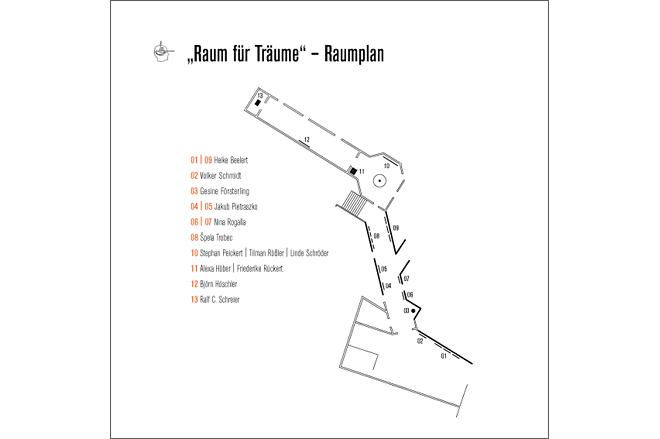
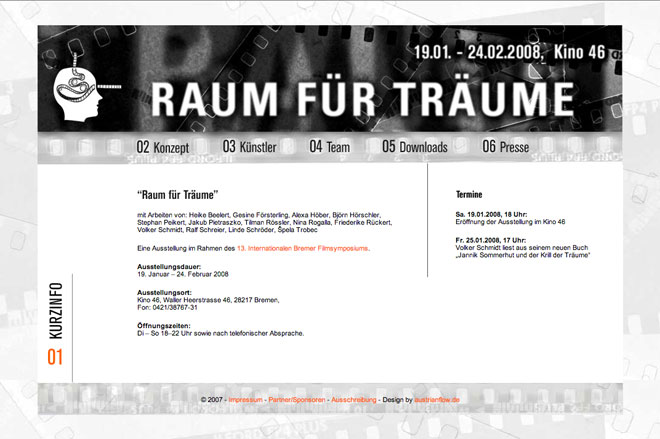
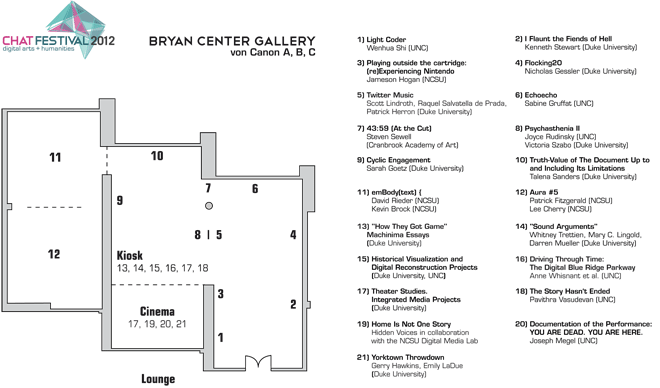
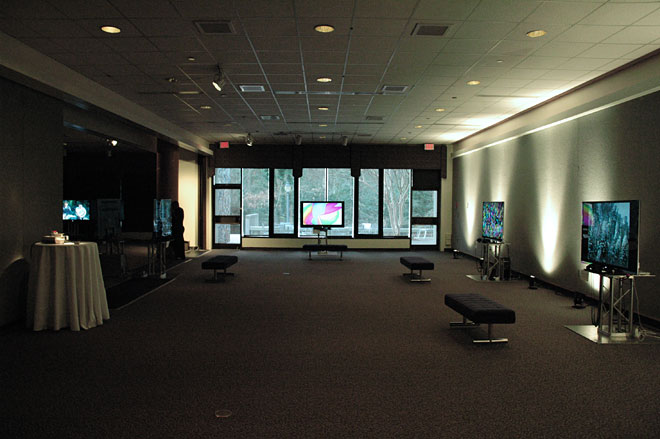
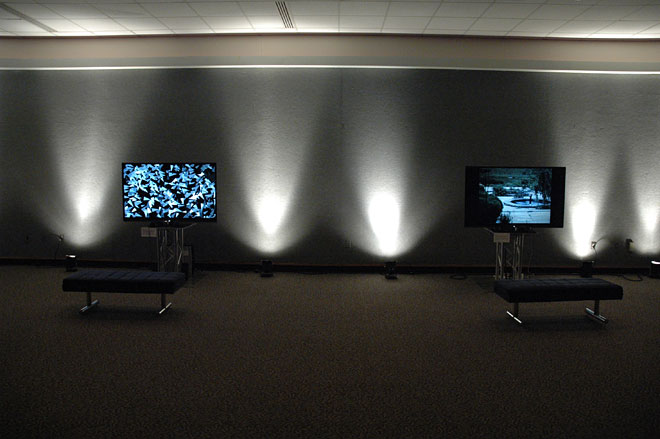
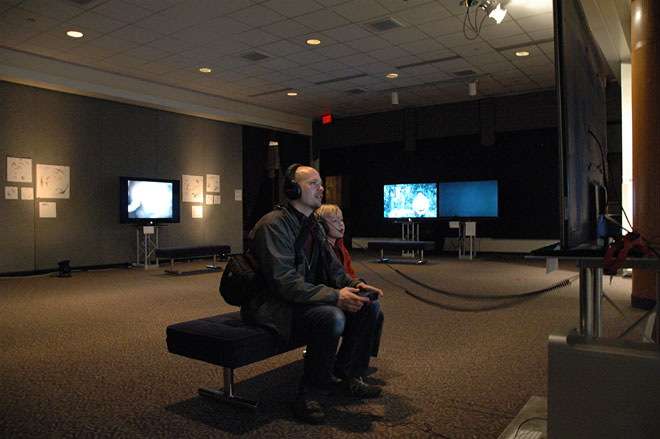
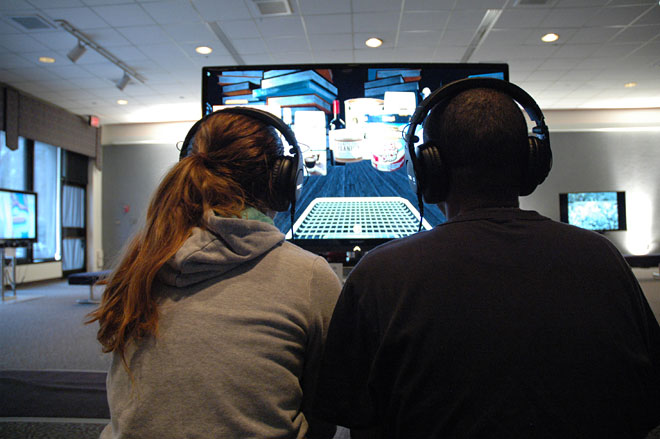
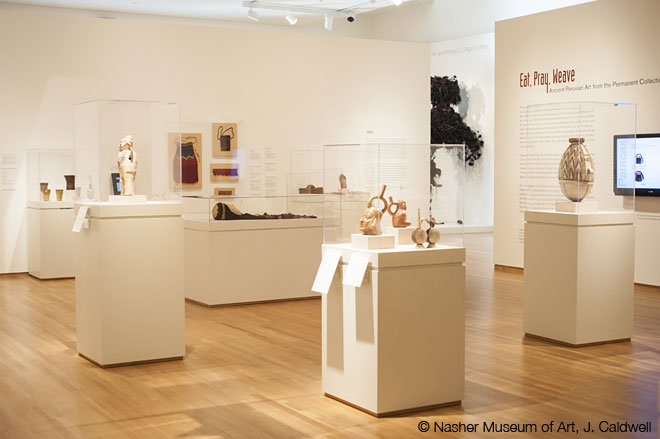
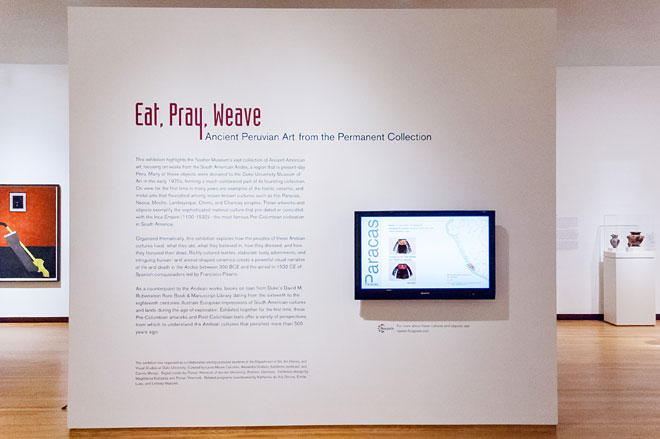
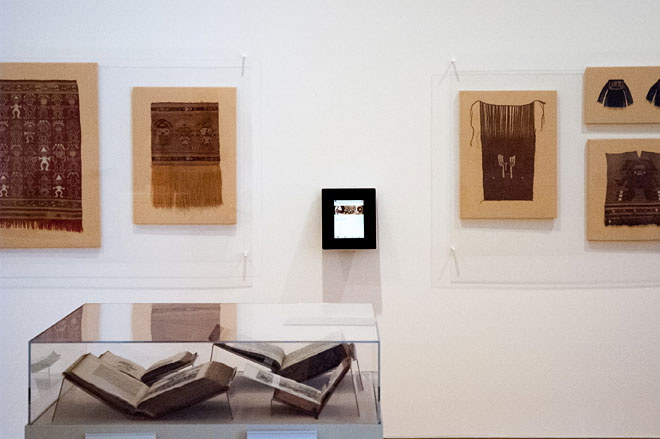
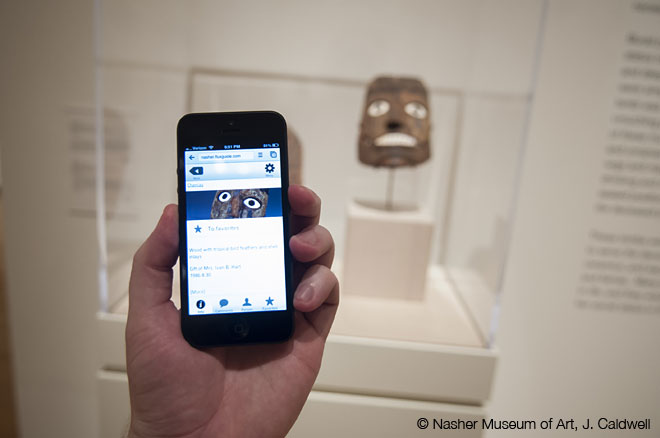
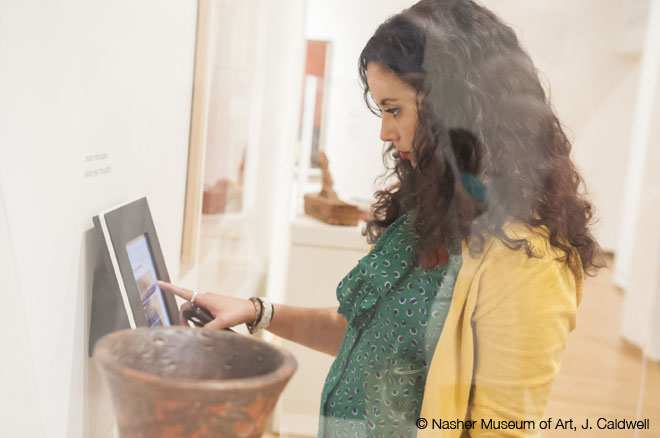
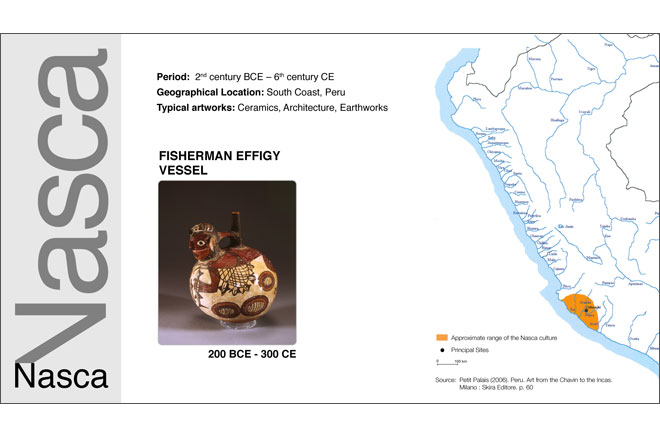
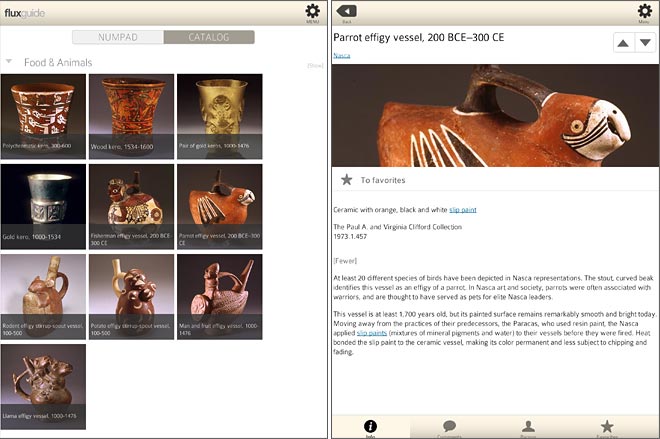
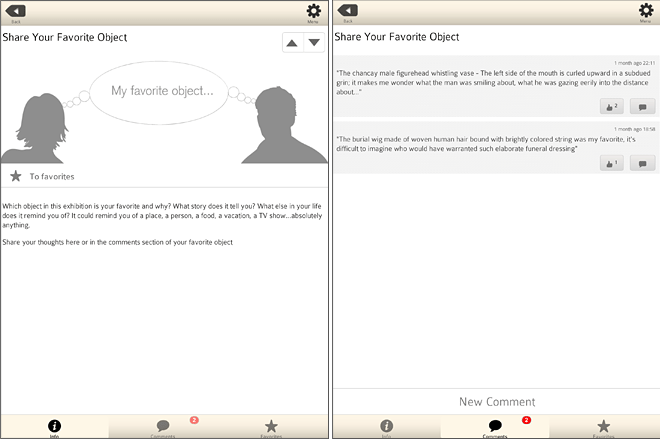
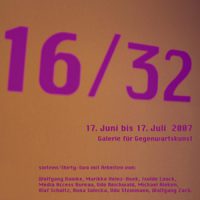
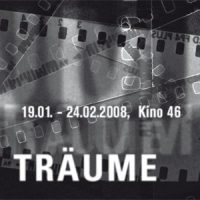
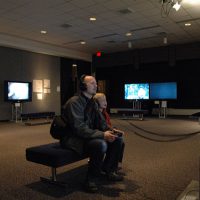
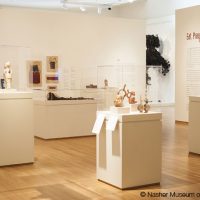
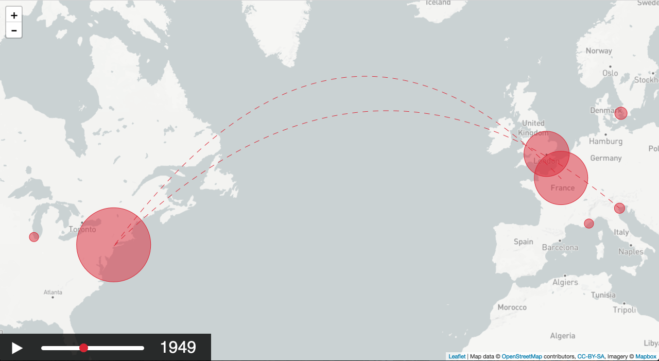
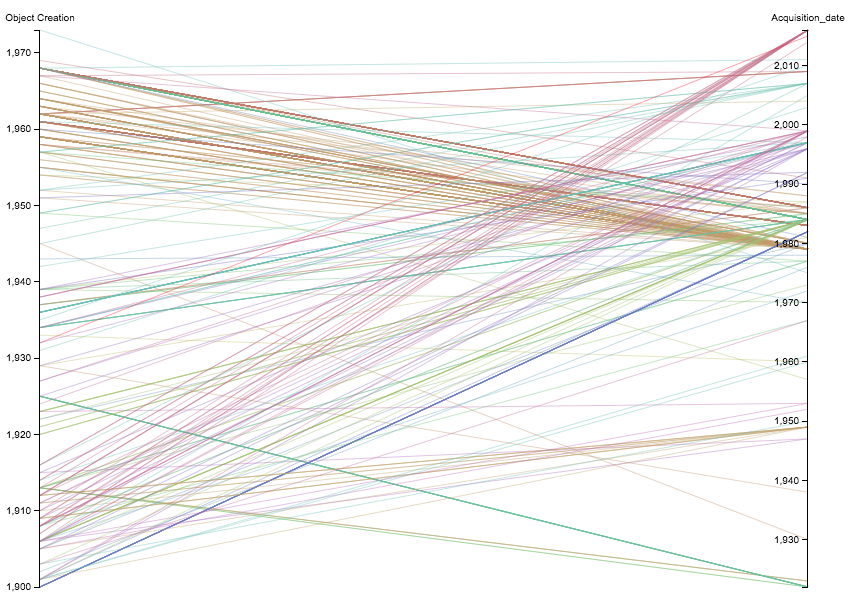
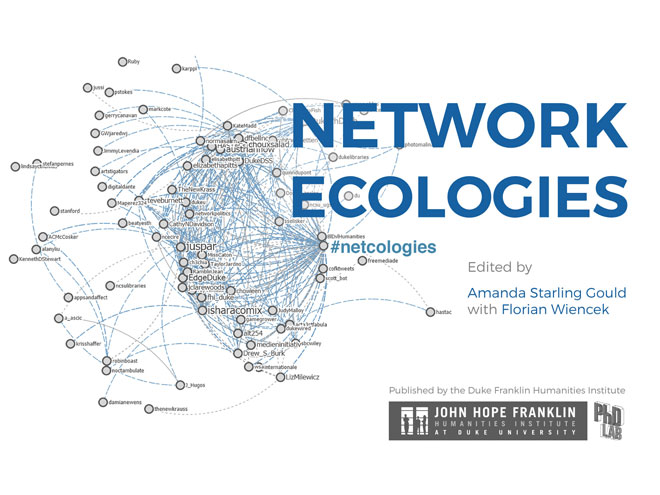
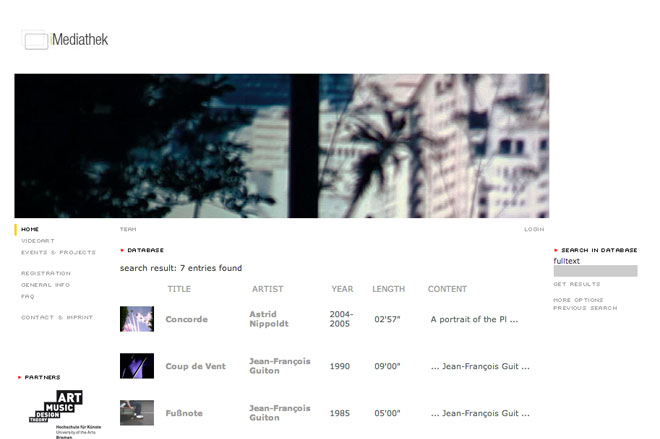
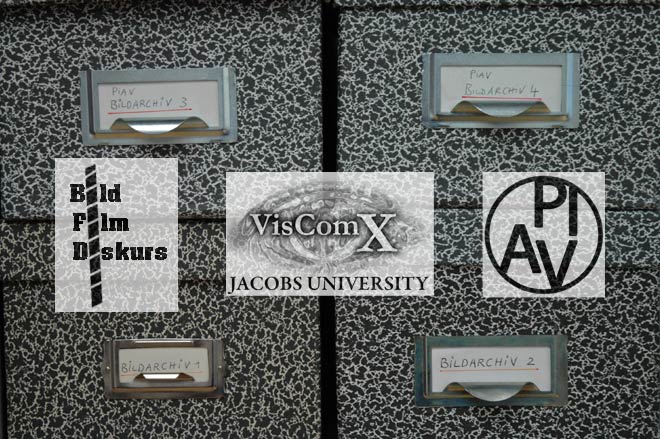
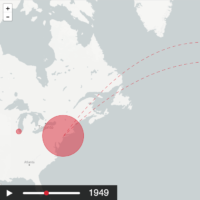
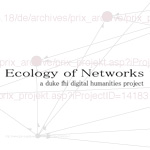
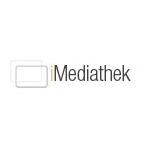
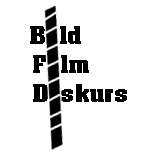
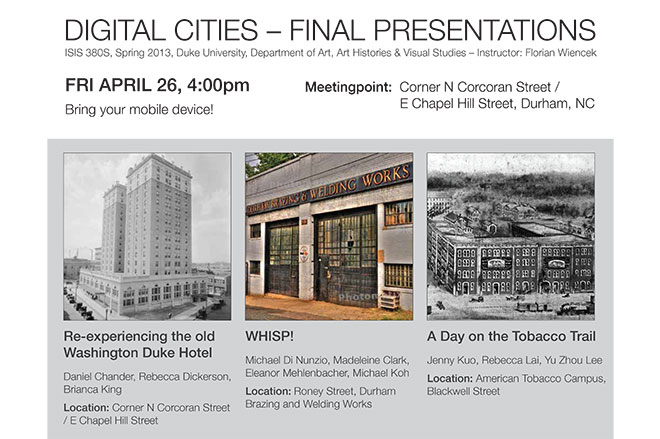
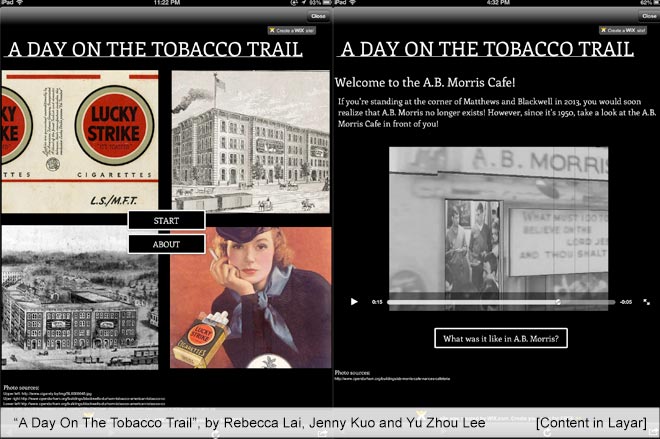
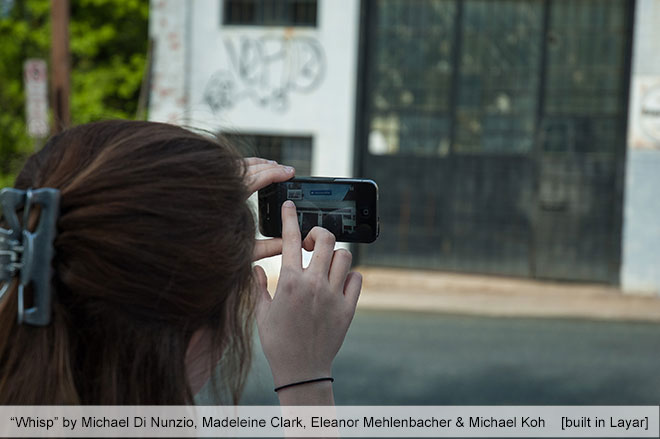
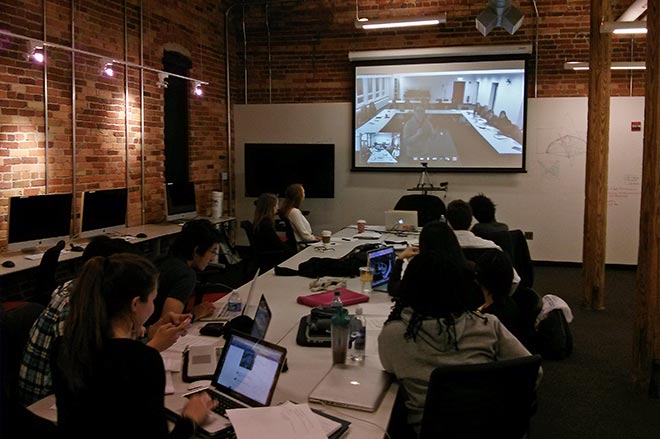
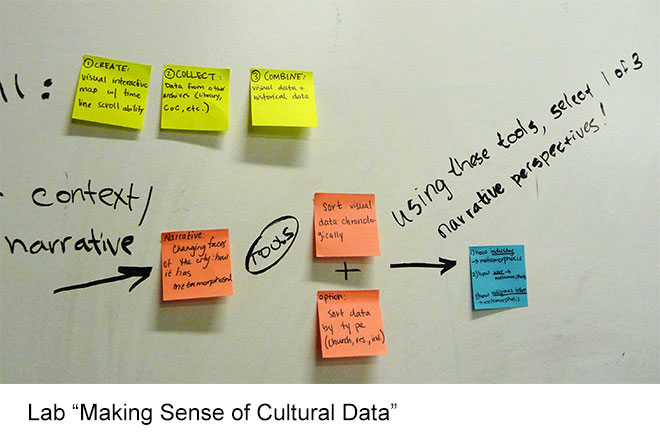
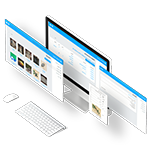
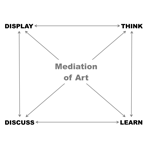
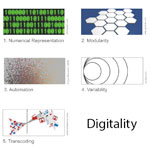
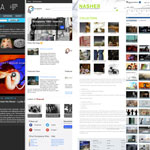
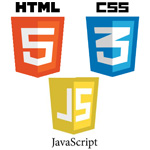

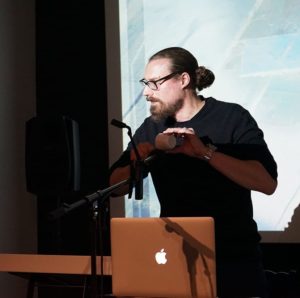
Socialize